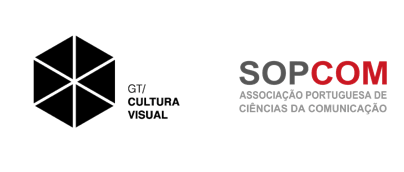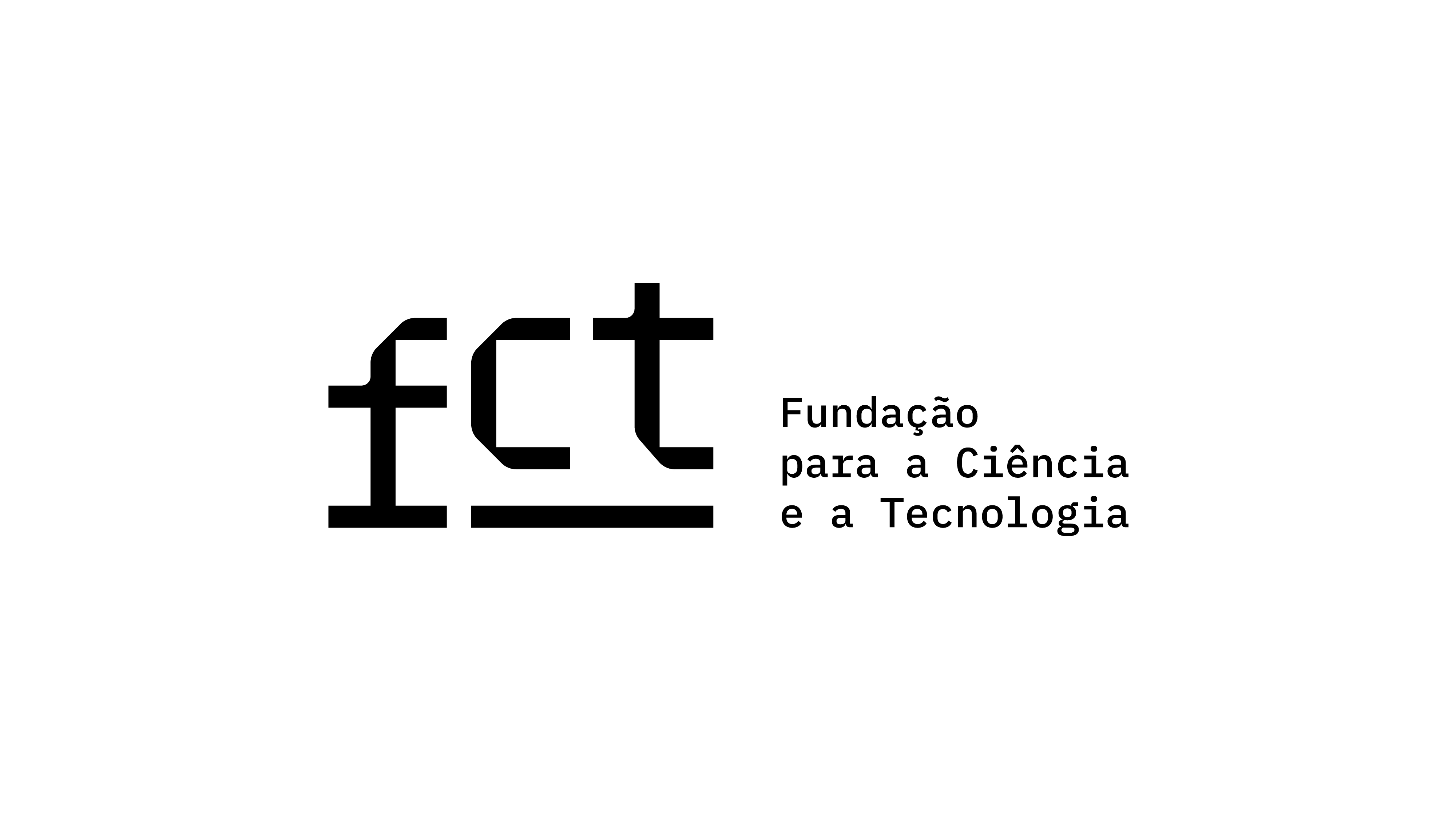Submissions
Submission Preparation Checklist
As part of the submission process, authors are required to check off their submission's compliance with all of the following items, and submissions may be returned to authors that do not adhere to these guidelines.- The manuscript is original and unpublished, has no conflicts of interest, and is not currently undergoing reviewing or awaiting publication in another journal or any other type of work.
- The file for submission is in Microsoft Word or RTF format.
- The text adheres to the style standards and bibliographic requirements outlined in the Author Guidelines.
- Blind peer review is ensured.
Copyright Notice
Authors own the copyright, providing the journal with the right of first publication. The work is licensed under a Creative Commons Attribution 4.0 International License.
Privacy Statement
The contact details provided will be used exclusively for the services provided by this journal and will not be made available for other purposes or to third parties.








